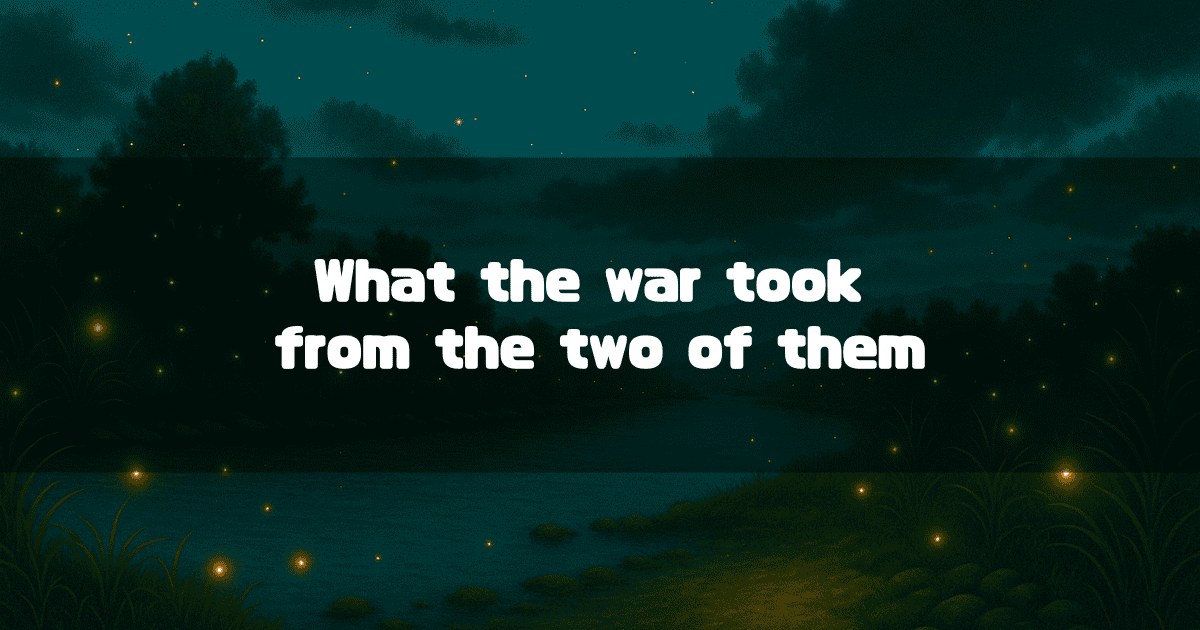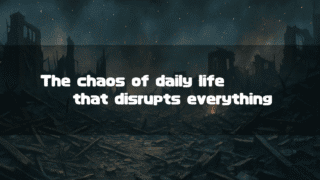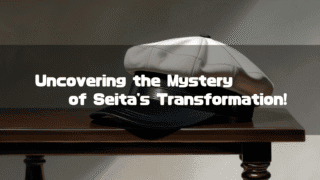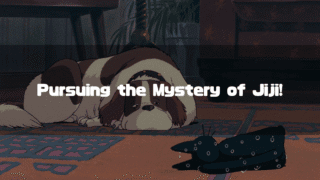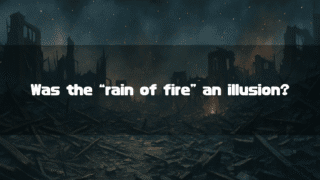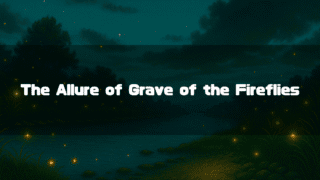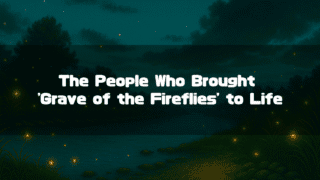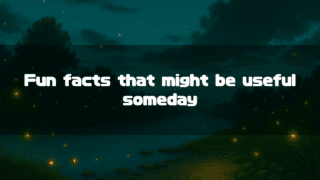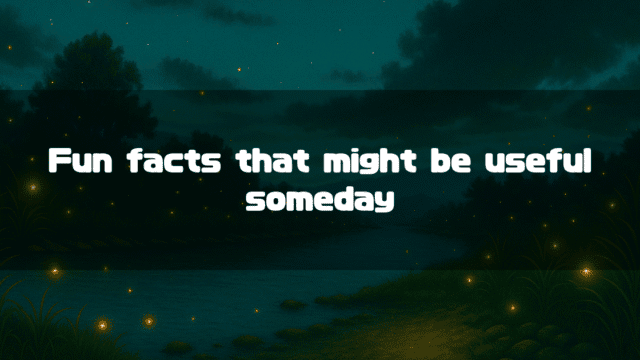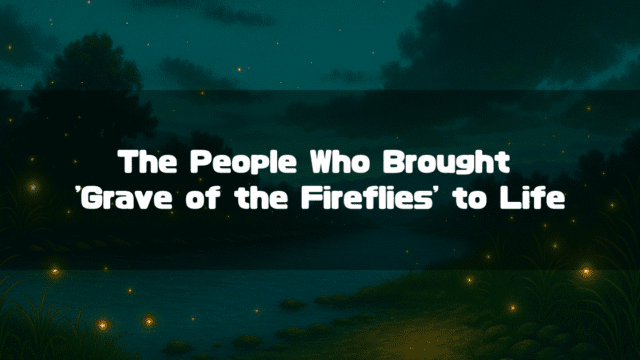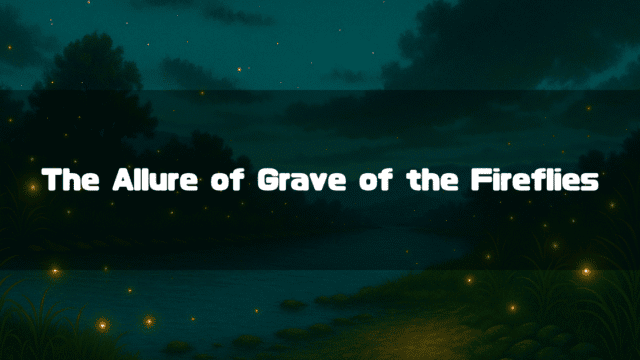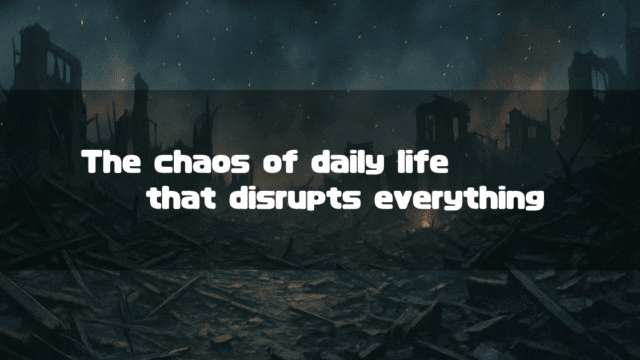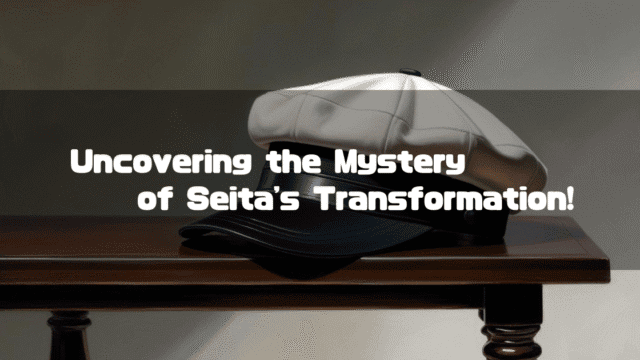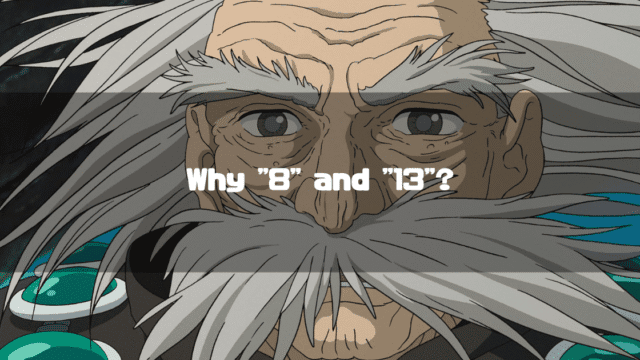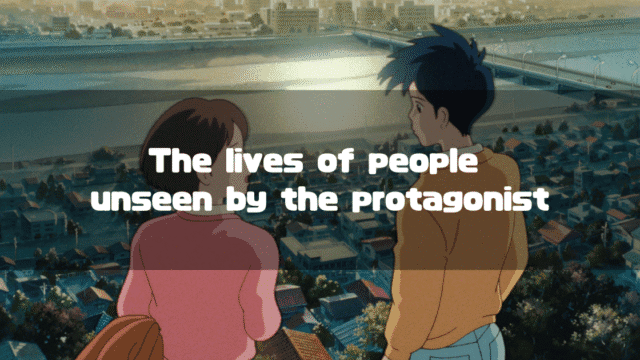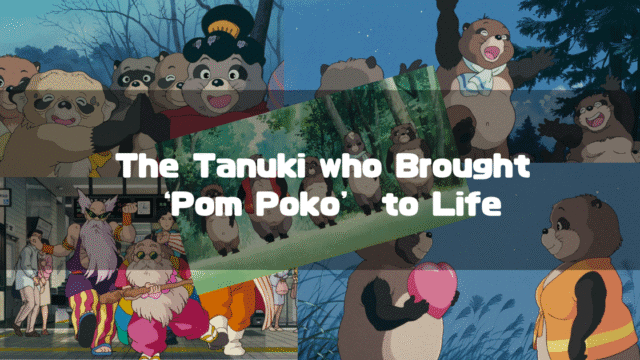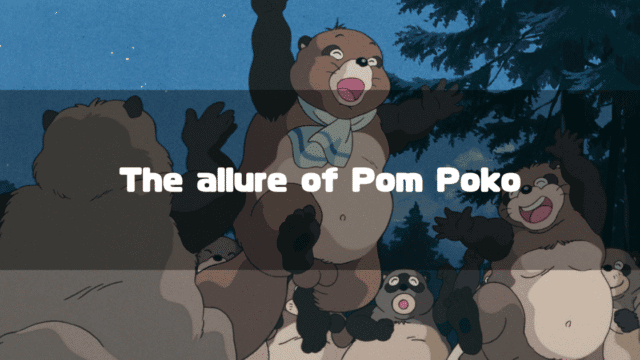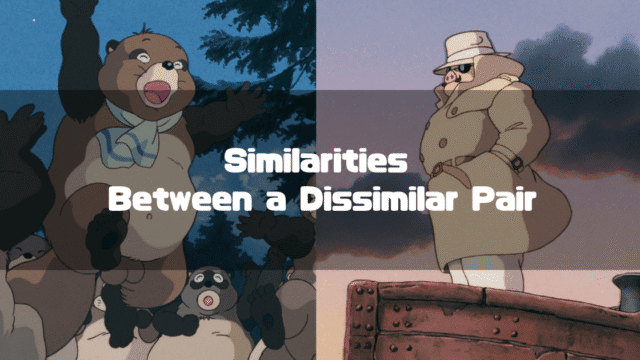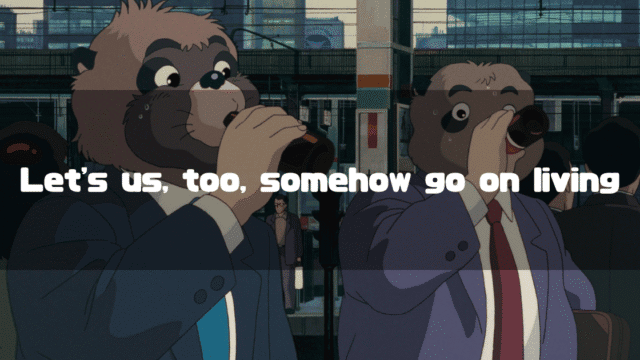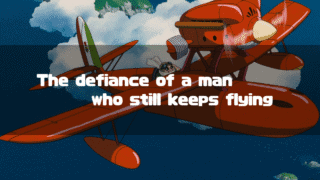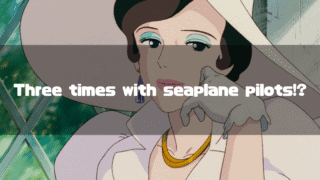Grave of the Fireflies(Studio Ghibli Official) is a 1988 animated feature film directed by Isao Takahata.
This film, which begins with the extremely memorable line, “September 21, 1945. That was the night I died,” has, I believe, left a mark on many people, including myself.
The opening sequence, including the line above, is structured so that we immediately understand that the main character, Seita, and his sister, Setsuko, have met a tragic end. In a way, the movie proceeds in a state of “spoilers,” making us think, “Ah, so this brother and sister are going to die.”
Furthermore, the depiction at the end of the film reveals that Seita and Setsuko continue to exist in “this world” as “ghosts” to this day.
If it were just the image of Seita and Setsuko appearing enveloped in the light of fireflies and then riding a train in the opening, it might seem as though they are “about to pass on to the next life.” However, the final scene, depicting a landscape of modern, developed buildings, confirms that the two have not passed on and have remained “there” to this day, their spirits not at rest.
But why do Seita and Setsuko continue to exist to this day like wandering spirits, unable to find peace?
Of course, considering how they died, it feels natural that they couldn’t “pass on.” But if that were the case, the same should apply to everyone who died in that war, and it would seem natural for such figures to be depicted in the final scene. Shouldn’t their father and mother at least be there?
The key to resolving this sense of unease is “shinjū” (love suicide).
Focusing on this keyword of “shinjū,” I want to explore the reason why Seita and Setsuko continue to exist as ghosts to this day, and why Seita looks at us at the end of the story.
When these “reasons” become clear, I believe the poignant message of the film Grave of the Fireflies will emerge.
First, let’s look back at the words of director Isao Takahata.
*This article is an English translation of the original Japanese article, 【火垂るの墓】清太と節子はなぜ幽霊となって存在し続けているのか-こちらを見つめる清太が伝える物語のメッセージ-
Let an AI walk you through the highlights of this post in a simple, conversational style.
- Director Takahata’s “Love Suicide” Structure
Director Takahata viewed Grave of the Fireflies as a “shinjū-mono” (love suicide story), where Seita and Setsuko become isolated from society and head towards death in their own closed-off world. He was strongly motivated to express this tragic structure through animation. - The Reason Seita and Setsuko Remain as Ghosts
The reason they wander as ghosts, unable to pass on, is because the war robbed them of their “precious time as children” to spend as brother and sister. By becoming ghosts, they are trying to reclaim the fulfilling days they could not have while alive. - The Tragedy of “Lost Time” Conveyed by the Work
Seita gazing at the audience in the final scene poses a question about the core message of the story. It appeals to another tragedy: that war not only takes many lives but also steals “precious time” that can never be recovered.
- Director Isao Takahata’s Remarks — “Shinjū-mono” (Love Suicide Story) —
- The Reason Seita and Setsuko Continue to Exist as Ghosts and the Story’s Message
- Reason 1 Why Seita Cannot Pass On – Driving Setsuko to Her Death –
- The Reason Setsuko Cannot Pass On – Being Robbed of a Fulfilling Life –
- Reason 2 Why Seita Couldn’t Pass On – Not Being Able to Be a Child –
- What Seita and Setsuko Continue to Do as Ghosts – Reclaiming Their Days as a Childlike Brother and Sister –
- Seita’s Feelings as He Watches Us and the Film’s Message
Director Isao Takahata’s Remarks — “Shinjū-mono” (Love Suicide Story) —

Director Isao Takahata said the following about Grave of the Fireflies in an interview with the Asahi Shimbun:
What drew me to Akiyuki Nosaka’s original work was its structure as a “shinjū-mono” (love suicide story), depicting how the two headed towards death within a closed world. I had a strong creative ambition, believing that animation could portray this with a new centripetal force.
(Original Text, in Japanese)
From Experience of the air raids, properly made into a film: Grave of the Fireflies Director Isao Takahata
野坂昭如さんの原作にひかれたのは、2人がいかに死に向かっていったかを閉じた世界の中で描くという「心中もの」の構造があったこと。アニメなら新しい求心力で描けるのではないかという表現上の野心が強かった。
I believe the two points at issue here are:
- What is the “shinjū-mono” structure that Director Takahata refers to?
- Why was he drawn to the “shinjū-mono” structure?
Keeping these questions in mind, I would like to consider the main topic of this article: “The reason why Seita and Setsuko continue to exist as ghosts.”
The Reason Seita and Setsuko Continue to Exist as Ghosts and the Story’s Message
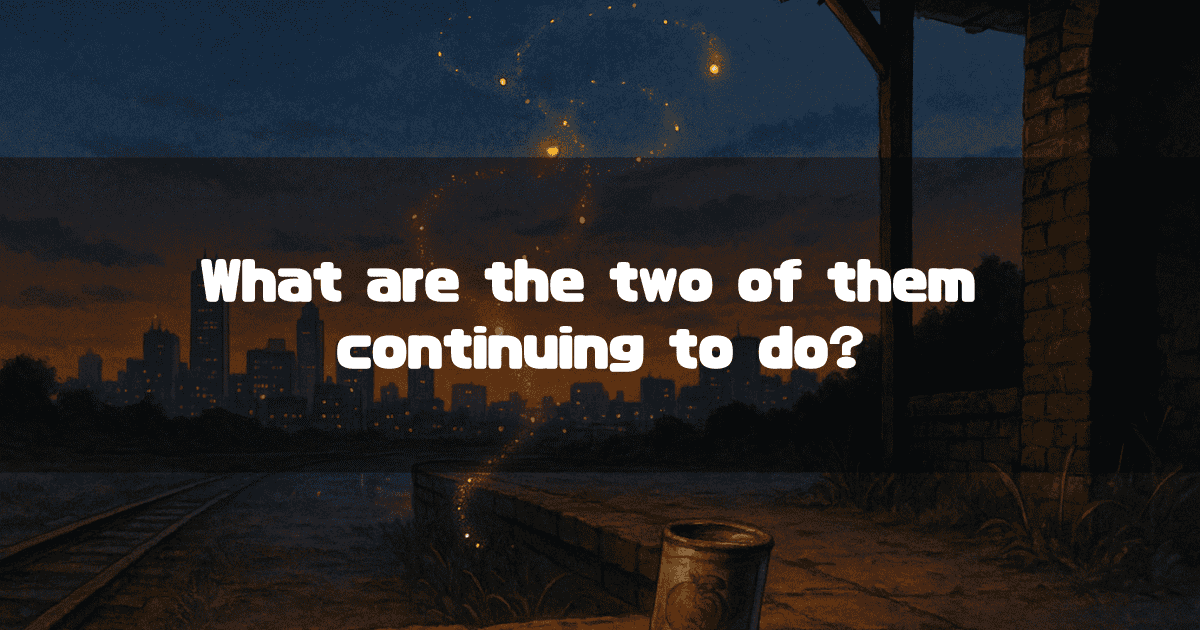
From here, we will consider the reason why Seita and Setsuko continue to exist as ghosts, in other words, the reason why the two cannot “pass on.” First, let’s start with Seita, as his reasons seem easier to understand.
Reason 1 Why Seita Cannot Pass On – Driving Setsuko to Her Death –
To put it bluntly, the likely reason Seita could not pass on would be that he “drove Setsuko to her death.”
If we take this view, one might be tempted to retort, “Then shouldn’t he have just apologized to his aunt?” but it’s a reasonable first possibility. However, thinking of this as the reason for his inability to pass on leaves some questions.
This is because, at the start of the film, Seita is reunited with Setsuko as a ghost, and Setsuko shows a beaming smile. Since Setsuko died about a month before Seita, it means she hasn’t passed on either, but it feels as though both Seita and Setsuko should have been able to find peace upon that reunion.
And if the reason Seita cannot pass on is because he “drove Setsuko to her death,” then it would be strange not to have a scene where he apologizes profusely upon reuniting with her as a ghost.
However, he too reunites with Setsuko with a broad smile and reaches the final scene of the film.
Therefore, it seems unreasonable to interpret the reason he cannot pass on as having “driven Setsuko to her death.”
So, what exactly is the reason he cannot find peace?
To understand that, it seems important to consider the reason why Setsuko has not passed on.
The Reason Setsuko Cannot Pass On – Being Robbed of a Fulfilling Life –
When considering why Seita cannot pass on, we can come up with the idea of “driving Setsuko to her death,” but the reason for Setsuko’s inability to pass on suddenly becomes difficult.
Still, after some thought, a possible hypothesis is that it’s “because she died without being able to see the mother she longed for so much.”
Thinking this way would explain why Setsuko cannot pass on until the end, and because Setsuko cannot find peace, Seita cannot either, which would also explain his situation.
However, if the reason Setsuko cannot pass on is “because she couldn’t see her mother,” then it fails to explain why the ghost of Setsuko, depicted from the opening to the ending, never once shows a lonely expression.
And for some reason, Setsuko looks very relieved and content, and the film ends with her sleeping soundly on Seita’s lap. She doesn’t look like she wants to see her mother at all. Rather, it seems as if reuniting with Seita was her true purpose.
It is in these depictions, I believe, that the structure of what Director Takahata calls a “shinjū-mono” (love suicide story) is utilized.
In other words, couldn’t the reason Setsuko was unable to pass on be that she “could not live out a fulfilling life with her brother, Seita“?
Here, let’s quote Director Takahata’s words from Wikipedia, with the original source cited as “Studio Ghibli Works Related Materials Collection II”:
“This work is by no means a simple anti-war film, nor is it a tear-jerking story of pitiful war victims, but rather it depicts the tragic story of an ordinary child who lived through the era of war.“
(Original Text, in Japanese)
「本作は決して単なる反戦映画ではなく、お涙頂戴のかわいそうな戦争の犠牲者の物語でもなく、戦争の時代に生きた、ごく普通の子供がたどった悲劇の物語を描いた」
What is this “tragic story of an ordinary child” mentioned here? In other words, I believe it can be said that they were robbed of the time to be children.
When we think about it this way, the reason why Seita couldn’t pass on also becomes clear.
Reason 2 Why Seita Couldn’t Pass On – Not Being Able to Be a Child –
The fact that Seita, as depicted in the early part of the film, was terribly adult-like, and continued to care for Setsuko even as his relationship with his aunt deteriorated, seems to represent how a 14-year-old boy was robbed of his time to live like a boy.
If so, couldn’t we say that the real reason Seita cannot pass on is also because he “could not live out a fulfilling life with Setsuko” or “could not live a childlike life“?
Furthermore, considering Seita’s role as an “older brother,” we could also say it’s because he “couldn’t let Setsuko live a childlike life.”
While it’s difficult to fully support Seita’s decision to leave his aunt’s house and live in the cave, if we consider that his actions stemmed from a desire “to be a child” and “to let Setsuko live a childlike life,” perhaps we can feel a slight sense of sympathy.
What Director Takahata calls “the tragedy of an ‘ordinary child'” could perhaps be rephrased as “being denied the chance to live as a child should.”
And when we think about it this way, the reason why Seita and Setsuko, reunited as ghosts, wander to this day, or rather, what they continue to do as ghosts, seems to become clear.
What Seita and Setsuko Continue to Do as Ghosts – Reclaiming Their Days as a Childlike Brother and Sister –
If we consider that the reason Seita and Setsuko cannot pass on is “because they couldn’t live like children,” we can see what they are doing as ghosts. They are likely continuing to play together as brother and sister forever, to this day, and for all time.
Normally, you would think that at some point they would be satisfied with that time and pass on together, but the fact that this doesn’t happen, I believe, expresses the importance of the “childlike time” that the war stole from them.
And here, too, we can see the structure that Director Takahata conceived of as a “shinjū-mono.” “Shinjū” generally means, “Since we cannot be together in this world, let us at least be happy in the next,” but Seita and Setsuko are realizing this as ghosts in “this world.”
Finally, let’s consider why Seita gazes at us, the viewers of the film.
Seita’s Feelings as He Watches Us and the Film’s Message
At the end of the film, Seita stares intently at us. This is a completely meta-expression, but based on what we’ve considered so far, I think we can understand his feelings.
And, if we were to put into words the message of the film Grave of the Fireflies, which ends with Seita’s gaze, it would be something like this:
War is a tragedy in which many lives are lost. And as a comparable tragedy, the theft of “precious time” also occurs. Just like life, “precious time” can never be brought back.
What do all of you think?
About the Author
Recent Posts
- 2025-09-30
Godzilla (1954): Dr. Serizawa’s Love and His Suicide with the Monster - 2025-09-28
Princess Mononoke: What Did Ashitaka Mean by “The Forest Spirit Can’t Die. It Is Life Itself”? - 2025-09-27
E.T. The Extra-Terrestrial: Full Synopsis & Analysis: Why Did E.T. Collapse by the River and Come Back to Life? - 2025-09-21
Maleficent: Mistress of Evil Spoiler Review – An Analysis of its Abundant Plot Holes and the Abuse of the “Fairy Tale Structure” - 2025-09-16
Maleficent: Full Synopsis and Analysis – A Tale That Complements and Corrects the “Questionable Points” of Sleeping Beauty

